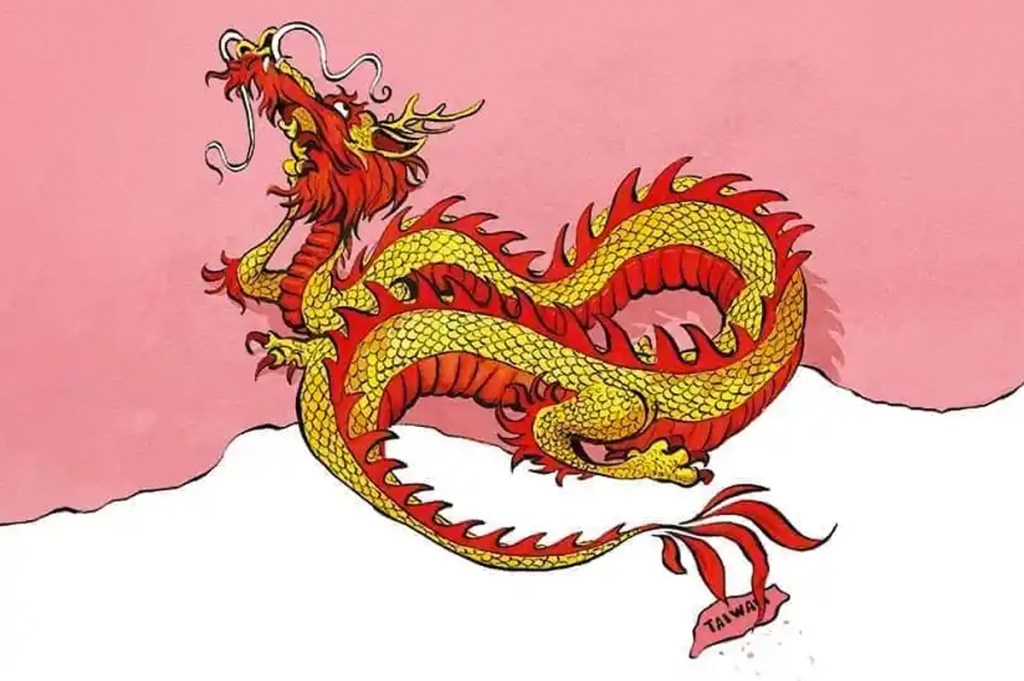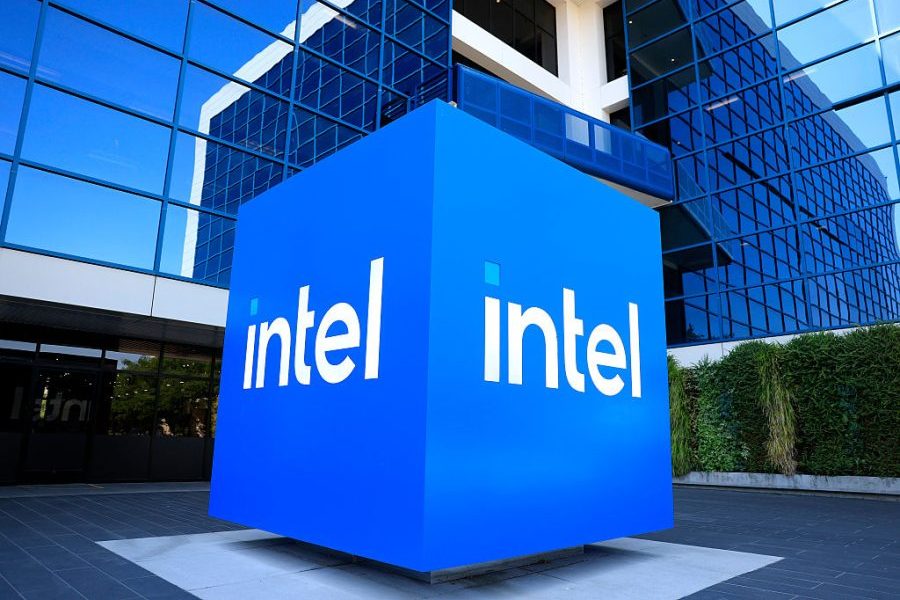“There is only one China in the world,” Wang Wenbin, the spokesman for China’s foreign ministry, declared at a press conference late last month. “Taiwan is an inalienable part of China’s territory.” The previous day, on May 23, Beijing carried out major military exercises around the island under the title “Joint-Sword 2024A.” The Chinese Communist Party said it wanted to practice how to “seize power” in Taiwan, and to “punish” its new leader, Lai Ching-te, and his supporters in the US.
J-16 aircraft and Type 052D destroyers — some of China’s best military assets — led the exercises, surrounding Taiwan and practicing bombing runs. In recent months, as China’s deployment of fighter jets around Taiwan has become more frequent, there’s been a growing sense that Beijing is seriously preparing for conflict.
China doesn’t know how Taiwan might resist — and how much assistance it might receive
The CCP has long said the island will eventually be unified with the mainland. The military maneuvers around Taiwan “looked like a rehearsal” for an invasion, said Admiral Samuel Paparo, the commander of the US Indo-Pacific Fleet. “We watched them. We took note. We learned from them. And they helped us prepare for the future.”
;768:[300×250,336×280,320×100];0:[300×250,320×100,320×50]”]A week later, at the Shangri-La Dialogue in Singapore, China’s defense minister, Dong Jun, himself a former naval commander, emphasized the repercussions for the US of getting involved: “Anyone who dares to separate Taiwan from China will only end up in self-destruction.”
Still, many military analysts think that a full-blown invasion of Taiwan by China remains unlikely.
“Every year for three years, a new Chinese defense minister has come to Shangri-La,” one senior US official said after Dong’s speech. “And every year, they’ve given a speech at complete odds with the reality of the PLA’s [People’s Liberation Army’s] coercive activity across the region. This year was no different.”
The topography of Taiwan makes it hard to invade by sea, and while the PLA has grown rapidly (it is building the equivalent of the entire British Royal Navy fleet every two years), its navy hasn’t yet been tested properly in combat.
There are other unpredictable elements in launching a full-scale invasion. China doesn’t know how Taiwan might resist and how much international assistance it might receive. Already, the US has committed to $10 billion in military aid for the island in the five years to 2027. Away from war or coercive force, however, there are other ways China could achieve its goal of bringing Taiwan under its remit. At the end of last month, Taiwan’s opposition-dominated parliament expanded its powers to curb Lai’s authority and allow pro-China policies. “This is a parliamentary coup,” said Wu Rwei-ren, a political scientist at Academia Sinica, Taiwan’s top research institution.
;768:[300×250,336×280,320×100];0:[300×250,320×100,320×50]”]
Lai’s party, the Democratic Progressive Party (DPP), has accused the opposition parties of colluding with the CCP by pushing through the legal changes (though this is denied by them). There have been widespread demonstrations opposing those changes. It’s feared that a fractured and divided Taiwanese society — with a dysfunctional parliament — could become increasingly vulnerable to Chinese influence.
Although China has made it clear that it will use force if it feels that unification is slipping away, its preference is to win without fighting. To do this, it’s increasingly relying on what the US political scientist Joseph Nye has termed “smart power”: a combination of “hard” military capacity and the “soft” use of economics and cultural influence.
One of Beijing’s most successful arguments has been the skilful use of trade policy. For example, the CCP sponsors opportunities for “Taiwan compatriots” to invest in the mainland. It has encouraged one of Taiwan’s best-known companies, Foxconn, which is a major supplier to Apple, to run its main operation in south China.
Taiwan’s economic fundamentals are hard to imagine without China playing a role: Twexit isn’t an option
Taiwanese students, meanwhile, are offered preferential rates at Chinese universities and can be admitted with lower grades than mainland students. A recent report suggested that around 10,000 students had taken this route.
Beijing would say this is a sign that it is winning over Taiwanese people. The Chinese press gleefully reported that, added together, the votes of the two major opposition parties, the China-friendly Kuomintang (KMT) and a newcomer organization, the Taiwan People’s Party (TPP), made up nearly 60 percent of the total in the January presidential election.
;768:[300×250,336×280,320×100];0:[300×250,320×100,320×50]”]In reality, the DPP’s recent troubles show only that the Taiwanese aren’t all-consumed by the threat of a Chinese invasion. Voters are fed up with the ruling DPP on many issues, especially when it comes to Taiwan’s faltering economy. The prominent young political commentator Brian Hioe spoke to the BBC ahead of the election, and said in words familiar to many young Westerners: “There’s a saying these days — to afford a home in Taipei, you can’t eat or drink for 15 years.”
Beijing has so far failed really to take advantage of the DPP’s failings. In the past two decades, the CCP has become impatient and unaccommodating. Back in 2000, China produced a detailed white paper that, on the face of it, offered a liberal-sounding recipe for unification: Taiwan would maintain its democracy and social system, and even its own military. However, when the proposal was updated in 2022 the previous pledge not to send Chinese military forces to the island and the guarantee of a civil society and multi–party democracy were dropped.
For now, Taiwan also has the protection of its so-called silicon shield, the semiconductor industry that produces the highest-specification chips in the world. A conflict would disrupt supply chains of chips from Taiwan’s well-known TSMC company that exports to China as well as the wider world. (Of the island’s total exports of all goods, 42 percent go to China and Hong Kong, compared with 15 percent to the US.)
But this advantage is unlikely to be permanent; China is developing its own chips. What’s more, Taiwan’s high-spec chips aren’t essential for many purposes, including military ones: China may not be able to manufacture A+ quality chips, but it can do perfectly well with A- ones in plenty of areas. Huawei cell phones, for example, mostly use chips with a slightly lower specification than Apple or Samsung, but they are still effective. Taiwan’s economic fundamentals are hard to imagine without the huge economy on its doorstep playing a role: Twexit isn’t really an option.
If China and Taiwan go to war, the biggest unknown is how the US will respond. Joe Biden’s administration has made its support for Taiwan clear, and has been firm in supplying arms, most recently in the controversial congressional vote that also provided support for Ukraine and Israel. Yet his administration has also said that it will not tolerate Taiwan making any declaration of formal independence. Donald Trump’s policies toward Taiwan are a lot more unpredictable. According to his former foreign policy adviser John Bolton, Trump once compared China to the Resolute desk in the Oval Office, and Taiwan to the tip of his Sharpie, emphasizing how vulnerable the latter was. However, Elbridge Colby and Matt Pottinger, both widely tipped for senior posts relating to China in a second Trump term, have gone on record on the need to defend Taiwan.
Taiwan isn’t recognized as a state at the UN, so an attack on its borders wouldn’t fall into the same category as Russia’s invasion of Ukraine. Yet over time it has become one of Asia’s freest and most lively democracies. The destruction of that system would resonate with liberal democracies in Asia and beyond.
If Beijing were to make moves to unify Taiwan, it’s not clear if it would even be able to control the island — certainly the CCP hasn’t yet come up with an answer to how it would create a consensus to do so. It’s possible, of course, that, as in Hong Kong, sufficient Taiwanese elites might choose to throw in their lot with the new settlement, but it’s far from guaranteed.
;768:[300×250,336×280,320×100];0:[300×250,320×100,320×50]”]Beijing’s best chance of gaining its desired outcome might be to put forward a proposition for unification that genuinely acknowledges and celebrates the liberal, democratic and culturally distinct society that Taiwan has become.
The election earlier this year suggests there’s a constituency in Taiwan, at least a tentative one, that’s ready to hear that argument. It’s up to China to show whether it has the political creativity to make a genuinely attractive offer to the island’s restless voters.
This article was originally published in The Spectator’s UK magazine. Subscribe to the World edition here.


























Leave a Reply